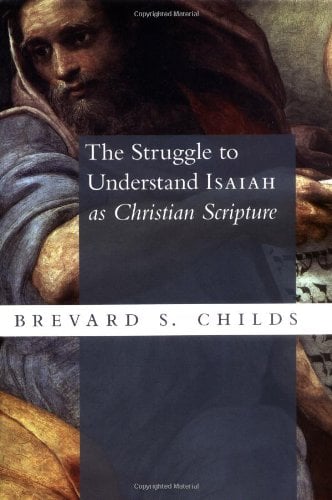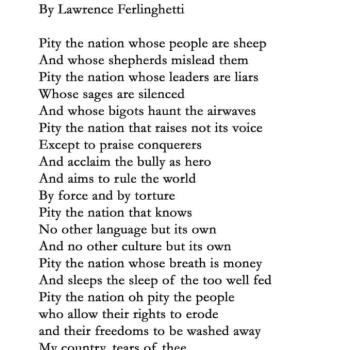Martin Luther (1483-1546) that Augustinian monk who had an epiphany and began the Protestant movement quite unintentionally, of course deserves close attention. While Luther did indeed say some strong things about the problems with allegorical exegesis, and used it less and less as he got older and older. He did not, however, entirely abandon this approach. He never sets forth a programmatic rejection of the medieval tradition he inherited, in particular from Augustine himself. Luther recognized the difference between parable/simile and allegory/metaphor. The latter requires an outside key to unlock the meaning of the text. Indeed, one could say the real meaning and thrust of the author is outside the text itself. The real meaning of the parable in Is. 5 is at first hidden, but is still in the text itself and can be surfaced by a careful reading of the text. In an allegory the text says one thing, but its actual meaning lies elsewhere. Luther repeats this very idea, but he does indeed hold out for a figurative sense of the text itself, which is not alien to the text but draws out its deeper meaning. Child’s rightly emphasizes that the Reformation is indeed a major turning point, if not the major turning point in the history of the exegesis of the Biblical text, especially the OT.
On the one hand, Luther had a great zeal to see the presence of Christ in all of Scripture. He rejected strongly the Platonic approach to interpreting 2 Cor. 3 where letter was assumed to mean the dead letter of the literal text whereas spirit means the heavenly and spiritual meaning referred to in the text the letter refers to the sphere of mere sense perception, the surface meaning of the text, where as ‘spirit’ refers to the allegorical interpretation that gets you beyond it. Christ is the basic meaning of all Scripture in Luther’s view. He contrasts two ways of interpreting the text, the ‘letter’ way is to interpret the text without the aid of the Spirit, whereas the ‘spirit’ way is interpreting it with the guidance of the life giving Spirit who points to Christ. The problem with all this is that Paul is not talking about rules of interpretation or hermeneutics, he is contrasting the effect of the old covenant and its ministry on fallen humanity with the effect of new covenant of the Gospel which is applied by the Holy Spirit. Luther insists on holding together Word and Spirit. Scripture has historical particularity and it must be studied in its historical particularity, having its own independent meaning which one does not need to abstract through some allegorical filter. Later Luther emphasized more Law vs. Gospel rather than letter vs. spirit. For Luther Biblical history was the history of God’s people and his intentions to redeem his people and the nations. He insisted on the plain sense of the OT without allegorizing of details. As Childs notes, he sadly took a sort of supercessionist view, not merely of Israel and the church, but of the OT and the NT “The promises of Moses…do not last longer than the statutes and judgments served. For that reason the Old Testament finally had to become obsolete and had to be put aside; it had to serve as a prefiguration of the New and eternal Testament…The Old Testament began in time and after a time came to an end”. Among the various problem with Luther’s approach is the assumption that the OT is nothing more than the Mosaic law covenant and that the new covenant has nothing to do with ‘law’, when in fact it affirms the law of Christ and treats commandment as just as apodictic as those in the OT. Indeed it re-treads various of the OT commandments as a part of the new Law of Christ. Justification by grace through faith does not rule out any of this. Early on he identified the Law with the OT and the Gospel with the NT. He thought that once the Mosaic covenant was fulfilled in Christ then the OT laws became restricted in time and place as rules for the Jews. This view he eventually rejected in favor of the notion that all of the text preaches Christ.













